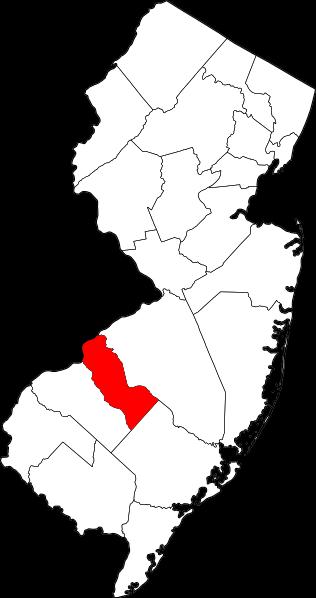
3 minute read
den
The Center for Environmental Transformation
In many cases, change in our world starts from the bottom up. Grassroots organizations are often the pioneers of making a difference. On October 6, the Rutgers Initiative for Permaculture Education (R.I.P.E.), a club dedicated to educating students on independent and sustainable agriculture, went on a trip to the Camden Center for Environmental Transformation. I attended the field trip, and felt privileged to get a chance to see the great things the Center was doing. In a city with a significant number of citizens below the poverty level and a high crime rate, community driven activities and initiatives for positive change are important to help Camden. The city is also heavily urbanized, so there are few locations where gardens can thrive. The Center for Environmental Transformation wants to change this, and brought the beauty of a series of community gardens to Camden. Interaction with and input from local residents is highly encouraged. This nonprofit’s mission statement, on their website, says that they are “dedicated to the environmental transformation and environmental justice particularly in the Waterfront South region of New Jersey.”
In 2005, the Sacred Heart Church of the Waterfront South area thought of creating the gardens to communicate the importance of environmental care and stewardship to the greater Camden community. Soon after the seeds of this thought were planted, construction began on abandoned land. With R.I.P.E., as well as students from four other universities of New Jersey and Pennsylvania, I got to help plant a number of diverse plants native to New Jersey. These included black-eyed susan, goldenrod, aster, milkweed, and yarrow.
“These flowers will attract beneficial insects and pollinators as well as increase the health of the soil”, said Gabby Green-Aron, a devoted R.I.P.E. member.
The gardens take up over an acre, and host 24 raised-beds, a greenhouse, chicken coops, and several other smaller crop spaces dispersed where there is space. There is a native plant nursery, two vegetable gardens, a fruit orchard and a tree nursery. Children’s paintings bring vibrant colors to the greenhouse and chicken coop, and a theater right around the corner offers a close connection to the arts.
People of all ages participate in keeping the garden alive. There are several activities the garden offers for children and adults to help get them involved. Citizens can help plant or water crops, tend to the chickens, or help sell or purchase produce sold at their farmer’s market. The crops sell for extremely reasonable prices. The Center also offers a cooking class where fresh bread is baked in a brick oven, and other delicious dishes are made with the fresh foods from the garden. Andrea Ferrick, the director of sustainability at the Center of Environmental Transformation, said “A lot of our curriculum is about seed to table food production, planting over 13,000 heirloom seedlings every year in this greenhouse, and bringing them to other community gardens in the city.”
A unique aspect of sustainable infrastructure at the Center was a rain garden that was designed to help manage storm runoff in the city. Runoff is also collected in large bins while a pump—run by a bicycle— uses this water for the plants inside the greenhouse. Being able to see this initiative in Camden allowed me to feel the power of hope in this troubled city. Watching children having such a great time getting their hands dirty was wonderful. The most memorable part was an elderly man, who appeared burdened by the stress of poverty. He walked by and bellowed, “God bless this place, God bless you Andrea.”
Work Cited:
http://camdencenterfortransformation.org/ http://vimeo.com/33436659 http://ruripe.wordpress.com/
By Cody Beltis










